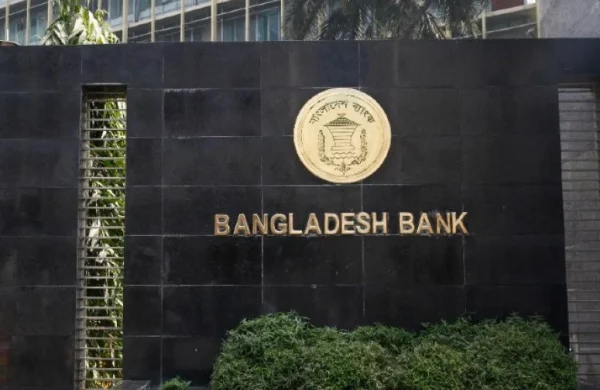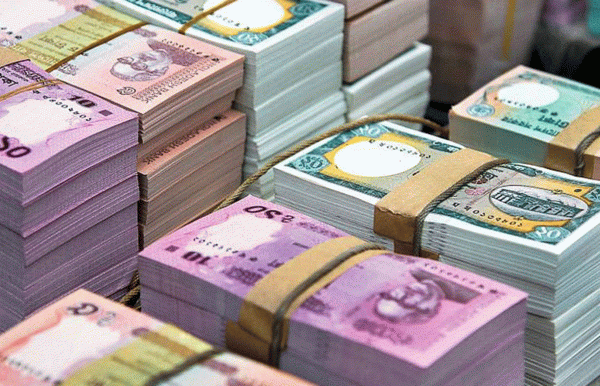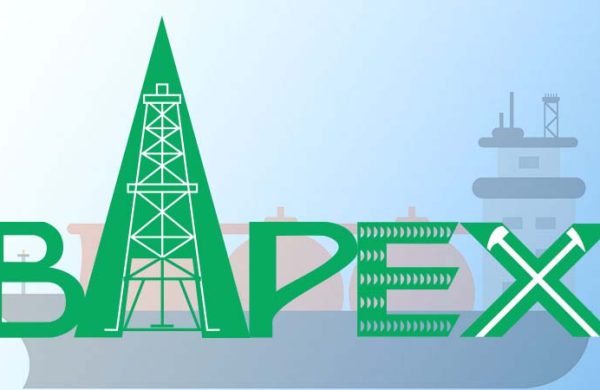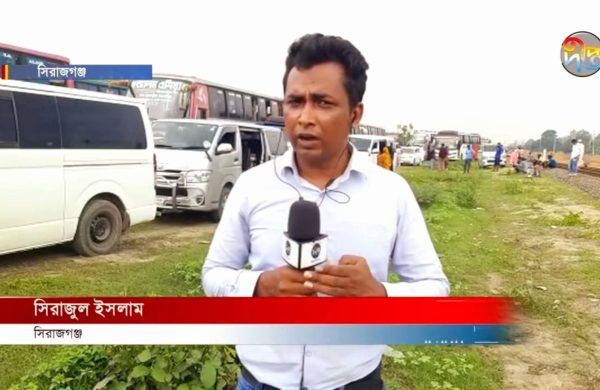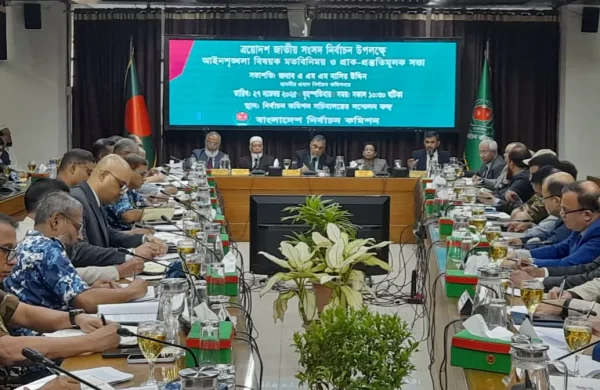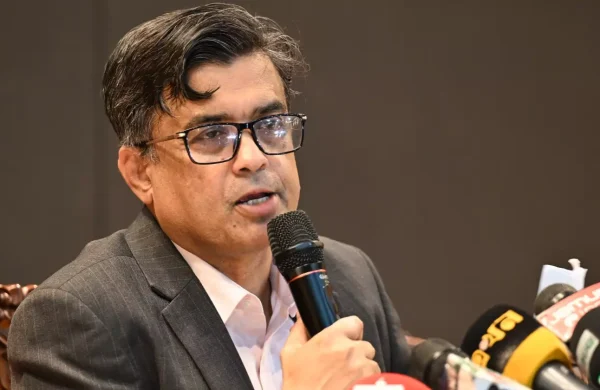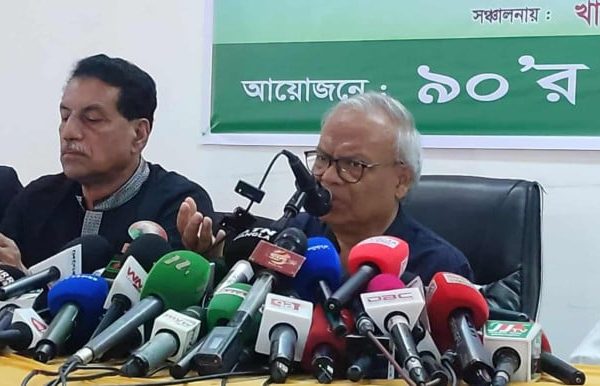Narayanganj-Joydebpur route: Bangladesh’s first electric rail line carries BDT 40 billion price tag
- Update Time : Thursday, November 27, 2025

TDS Desk:
Bangladesh entered the era of electric rail in 2022 when the Uttara–Motijheel metro line, MRT Line 6, opened to the public. The Bangladesh Railway is now preparing to bring electric trains to the country’s main rail network. Under the plan, Bangladesh Railway will install an overhead catenary system along the 52-kilometer stretch from Narayanganj to Dhaka and on to Joydebpur in Gazipur, allowing trains to draw power from overhead lines. The project also calls for two substations and the purchase of 16 electric multiple-unit, or EMU, train sets. A new maintenance workshop will be built in Joydebpur to service the fleet.
The project carries an estimated cost of BDT 39.33 billion. The Asian Development Bank and the European Investment Bank have both expressed interest in financing it. Bangladesh Railway has already drafted the development project proposal. Officials expect to place it before the Executive Committee of the National Economic Council by June 2026. If approved, construction of the electric rail line would run from 2026 through 2030.
Railway officials said the line will serve commuter trains. Trains will run every 30 minutes from each end with an initial target of carrying 200,000 passengers a day.
Nearly half of the total budget is earmarked for buying EMU trains, according to project officials. Early estimates show that acquiring 16 sets will cost BDT 17.76 billion, or about BDT 1.11 billion per set. Each train will have five coaches and can carry up to 1,500 passengers per set.
The EMU trains will resemble the trains used on the metro system, said Habibur Rahman, project director of the feasibility study on introducing electric traction from Narayanganj to Dhaka and onward to Chattogram, including overhead catenary and substation construction. “We will run commuter trains on the Dhaka–Joydebpur corridor using EMUs,” he told journalists. “That means we need an overhead catenary system across the entire route. We have to buy EMU trains. We need a modern workshop to maintain them, and we have already identified land in Joydebpur for that facility. We also plan to build two substations in Fatullah and Tongi to ensure power supply to the line.”
Rahman added the development project proposal for the Dhaka–Joydebpur electric rail line is ready and that he expects the Executive Committee of the National Economic Council (ECNEC) to approve it by June 2026. “Several procedural steps remain before we can send it to ECNEC. Approvals at different levels are still pending,” he said.
Fieldwork cannot begin until Bangladesh Railway finishes two ongoing construction efforts: the third and fourth dual-gauge tracks between Dhaka and Tongi, and a dual-gauge double line between Tongi and Joydebpur. As of August 2025, those projects were 46 percent complete, and the agency aims to finish them by June 2027. Until then, starting physical work on the Narayanganj–Joydebpur electric rail project will be nearly impossible.
Even with delays on the ground, project director Habibur Rahman wants to move ahead with preparatory steps such as tendering once the electric rail project receives approval. “The project runs from June 2026 through 2030,” he said. “After that, we will have a one-year defect liability period and a five-year maintenance contract. The project will effectively continue through 2036.”
The Narayanganj–Joydebpur section is part of a larger plan to introduce electric trains from Narayanganj to Dhaka and on to Chattogram. Bangladesh Railway has already completed a feasibility study for the full corridor. The study splits the proposed line into two segments: Narayanganj to Dhaka to Joydebpur, and Tongi to Chattogram. Railway officials said the second segment, which covers the Dhaka–Chattogram route, faces two “missing links” that prevent the launch of electric traction.
A senior railway official, who spoke on condition of anonymity, said the agency intends to eventually convert all rail lines nationwide to broad gauge. “But the Tongi–Akhaura and Laksam–Chattogram stretches of the Dhaka–Chattogram corridor remain meter gauge,” the official said. “We cannot begin electric traction on that part of the line until it is upgraded to broad gauge.”


